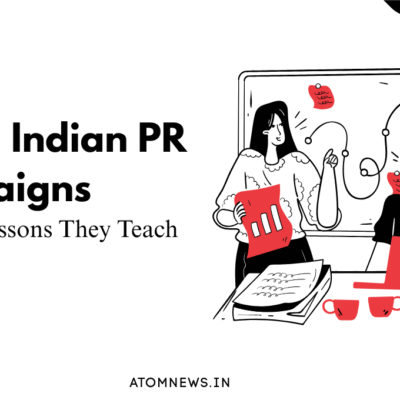The AI sector is expanding rapidly; press reports highlight massive financing rounds and ground-breaking alliances. However, this expansion won’t stay forever, just as in every popular industry. Intelligent AI businesses must have plans in place to withstand future setbacks.
This essay looks at how AI businesses may expand without going over budget. In order to find sustainable strategies and money-saving ideas for the competitive AI market, we conducted interviews with specialists.
Beyond the Hype: Challenges and Opportunities
Though the future appears promising, AI businesses must overcome formidable obstacles. The Startup Program Manager at OVHcloud, Filippo Sanesi, identifies ethics and regulations as major obstacles as well as potential. The implementation of legislation necessitates the development of solutions to guarantee the protection of customers and moral corporate conduct. Businesses who comprehend these rules and modify their AI development appropriately stand to benefit.
New Breed of Challenges: Data Moats and Talent Acquisition
Investor Sri Ayangar of VC OpenOcean notes a change in the difficulties faced by AI firms. The influence of classic data moats has decreased with the emergence of transformer models and the commoditization of machine learning models. Creating distinct data sets that are difficult for rivals to imitate is now essential for defensibility. Startups may do this by forming alliances, producing synthetic data, and refining data to make their products more individualized.
But it costs money to hire and keep the best machine learning expertise. Many firms face financial difficulty due to the high cost of operating these models (ML inference cost) and the expense of developing and sustaining AI solutions.
Optimizing Cloud Costs: A Multi-Cloud Approach
Sanesi highlights how crucial it is to properly manage cloud expenses. To comprehend how much they are paying on storage, GPUs, and data egress, startups should examine their cloud bills. This degree of specificity enables cost optimization through the use of free cloud credits or alternative providers.
In addition, he supports a multi-cloud approach. Sanesi recommends setting aside money for savings and bills separately, scheduling GPU usage, and prioritizing high-value data storage expenditures. She also advocates comparing cloud pricing models from different providers to get the best offers.
Open Source: A Powerful Ally
Open-source software provides a transparent and affordable development process. One example of this is the configurable Mozilla Firefox browser. Hopsworks’ Head of Strategy, Lex Avstreikh, outlines the advantages of using open-source tools:
- Sightliness: Since open-source code is easily available, drawn-out procurement procedures are not necessary. Potential consumers and developers can adopt and test the product more quickly as a result.
- Verification: Users immediately verify open-source technologies’ efficacy in meeting market demands as they interact with them. Low adoption or engagement rates for a tool suggest that the solution and market demands may not be aligned.
Sanesi agrees, highlighting the ways in which open-source technologies may allow companies to take control of their data stacks without being locked into a vendor, speed up development, and save costs through interoperability. Furthermore, entrepreneurs benefit greatly from the large and expanding open-source community, which provides them with a cost-effective means of utilizing knowledge and resources.
Building Sustainability from the Ground Up
According to Sanesi, early-stage innovators frequently make the mistake of putting sustainability last in favor of quick fixes and client acquisition. But nowadays, sustainability is a need rather than a luxury.
Sustainable practices include long-term organizational planning in addition to environmental issues. This entails including compliance from the outset of the AI development process. Startups can guarantee regulatory compliance, cultivate investor and consumer confidence, and assure customer satisfaction by comprehending how explainability functions within their models.
Sanesi emphasizes the significance of data strategy, emphasizing impartial data sets and putting an emphasis on data quality above quantity. This strategy reduces costs in the long run by following sustainability principles, which include utilizing less and optimizing operations.
A Sustainable Future Starts Now
Businesses such as OVHcloud serve as examples of how to include sustainability into a company plan without sacrificing revenue or quality of service. Their water-cooling systems help minimize operating expenses and energy usage, which are eventually passed on to customers.
Sanesi advises new businesses to implement these procedures right away. AI firms may achieve long-term development and success even in a dynamic and sometimes unpredictable industry by putting sustainability first.
Finally
The field of artificial intelligence has enormous potential, but managing its complexity calls for a calculated approach. AI firms may position themselves for long-term success without going bankrupt by concentrating on data moats, talent acquisition, cloud cost optimization, utilizing open-source technologies, and adopting sustainable practices. The secret to prospering in the rapidly changing field of artificial intelligence will be to combine creativity, economy, and responsible development.
Read more: Marketing News, Advertising News, PR and Finance News, Digital News





